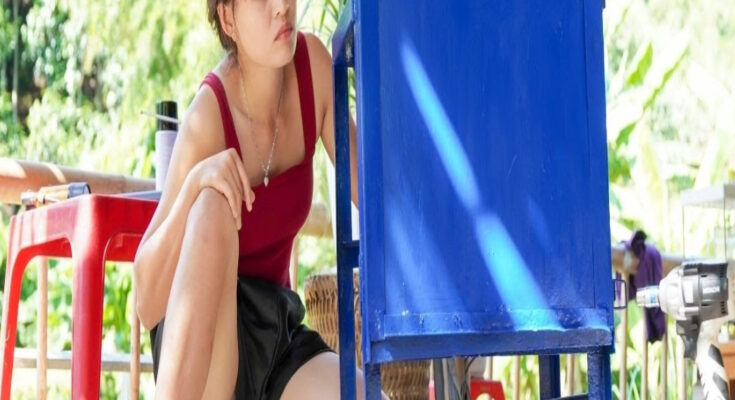Repairing or restoring a 0.8 kW motor involves several steps typical for a blacksmith or anyone skilled in mechanical repair. Here’s a basic outline of what you might need to do:
1. **Assessment**:
– Inspect the motor thoroughly to identify any visible damage or wear.
– Check for electrical issues such as burnt components or loose connections.
2. **Disassembly**:
– Disconnect the motor from its power source.
– Take apart the motor carefully, noting the order of components and any specific tools needed.
3. **Cleaning**:
– Clean all parts of the motor, including the rotor, stator, bearings, and housing, using appropriate solvents and brushes to remove dirt and debris.
4. **Testing**:
– Test the individual components such as windings, capacitors, and bearings for functionality using appropriate testing equipment.
5. **Repair or Replacement**:
– Repair or replace any damaged or worn-out components. This could include rewinding the motor windings if necessary, replacing bearings, capacitors, or other electrical components.
6. **Reassembly**:
– Carefully reassemble the motor, ensuring all components are correctly aligned and secured according to manufacturer specifications.
7. **Testing Again**:
– Conduct a final test of the motor to ensure it operates correctly and efficiently.
8. **Finishing**:
– Apply lubrication as needed to moving parts.
– Clean the exterior of the motor and ensure it looks presentable.
Throughout this process, it’s essential to follow safety procedures, especially when working with electrical components. If you’re not experienced in motor repair, consulting with a professional or someone knowledgeable in electrical engineering or mechanical repair would be advisable.
Repairing or restoring a 0.8 kW motor involves a systematic approach to ensure it functions like new. Here’s a detailed guide based on the steps typically followed by skilled technicians:
1. **Assessment**:
– **Visual Inspection**: Examine the motor for any visible damage or signs of wear, such as cracks in the housing, worn-out bearings, or damaged wiring insulation.
– **Electrical Check**: Test the motor’s electrical components for issues like burnt-out windings, faulty capacitors, or loose connections.
2. **Disassembly**:
– **Power Disconnect**: Ensure the motor is completely disconnected from any power source.
– **Component Removal**: Carefully dismantle the motor, noting the sequence and arrangement of parts. Use appropriate tools and follow manufacturer guidelines if available.
3. **Cleaning**:
– **Part Cleaning**: Thoroughly clean all motor components using suitable solvents, brushes, and compressed air to remove dirt, grease, and other contaminants.
– **Inspect Bearings**: Check bearings for smooth rotation and replace if necessary.
4. **Testing**:
– **Component Testing**: Use testing equipment to assess the condition of individual components such as windings, capacitors, and bearings. Replace any faulty parts identified during testing.
5. **Repair or Replacement**:
– **Windings Repair**: If windings are damaged, consider rewinding them or seek professional rewinding services.
– **Component Replacement**: Replace damaged or worn-out parts with new ones, ensuring compatibility with the motor’s specifications.
6. **Reassembly**:
– **Assembly Process**: Reassemble the motor carefully, following the reverse order of disassembly. Ensure all components are correctly aligned and securely fastened.
7. **Testing Again**:
– **Functional Test**: Conduct a comprehensive test of the motor under load to verify proper operation and performance. Monitor for any unusual noises, vibrations, or overheating.
8. **Finishing**:
– **Lubrication**: Apply appropriate lubricants to bearings and other moving parts as per manufacturer recommendations.
– **Cleaning**: Clean the motor’s exterior to remove any remaining dirt or debris. Ensure the motor looks presentable and is ready for use.
Throughout the entire process, prioritize safety by wearing protective gear and following electrical safety protocols. If you encounter challenges or lack experience in motor repair, consulting with a professional technician or engineer specializing in electrical machinery would be beneficial. This approach ensures the motor is restored to optimal condition, extending its lifespan and efficiency.



